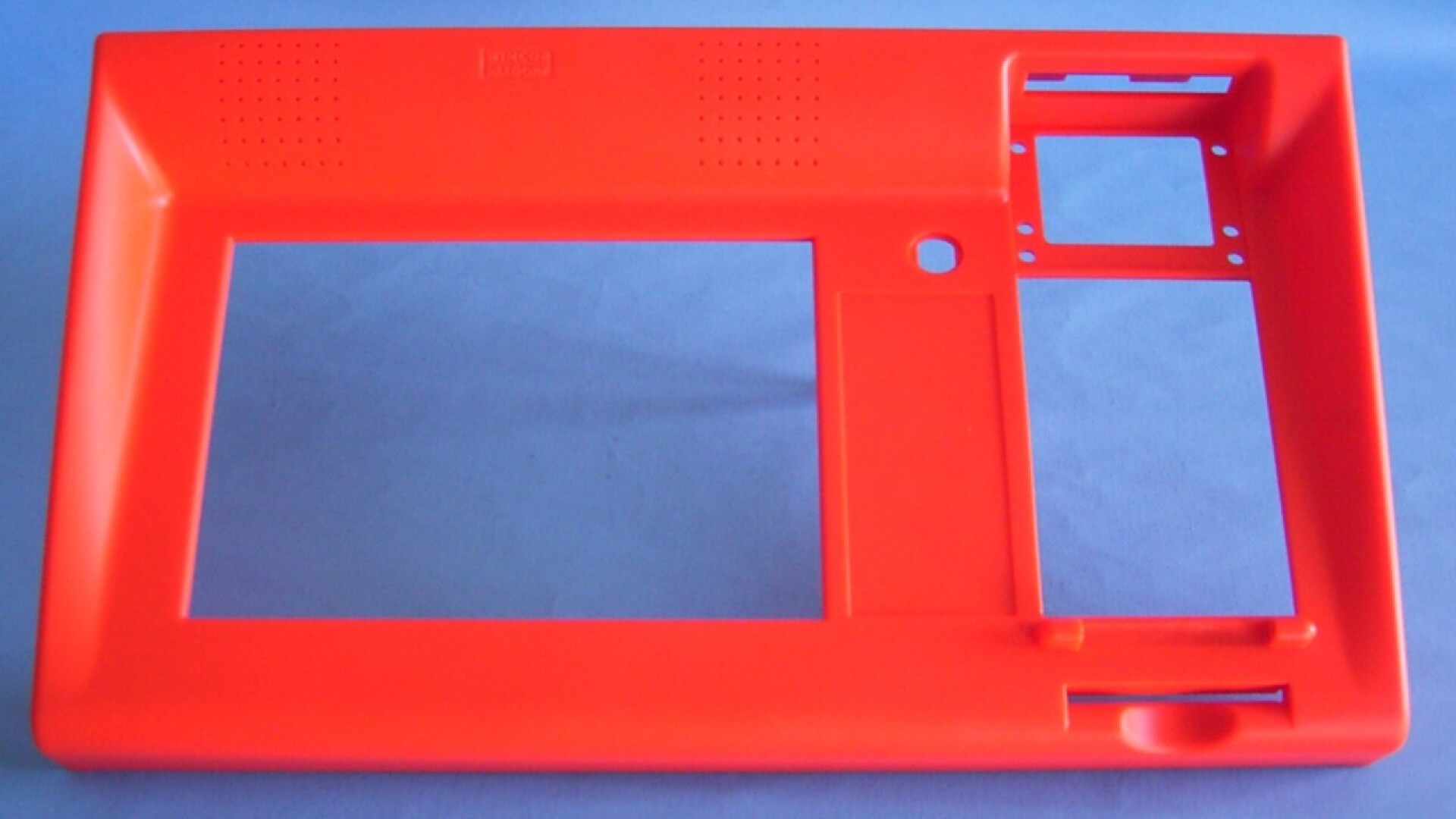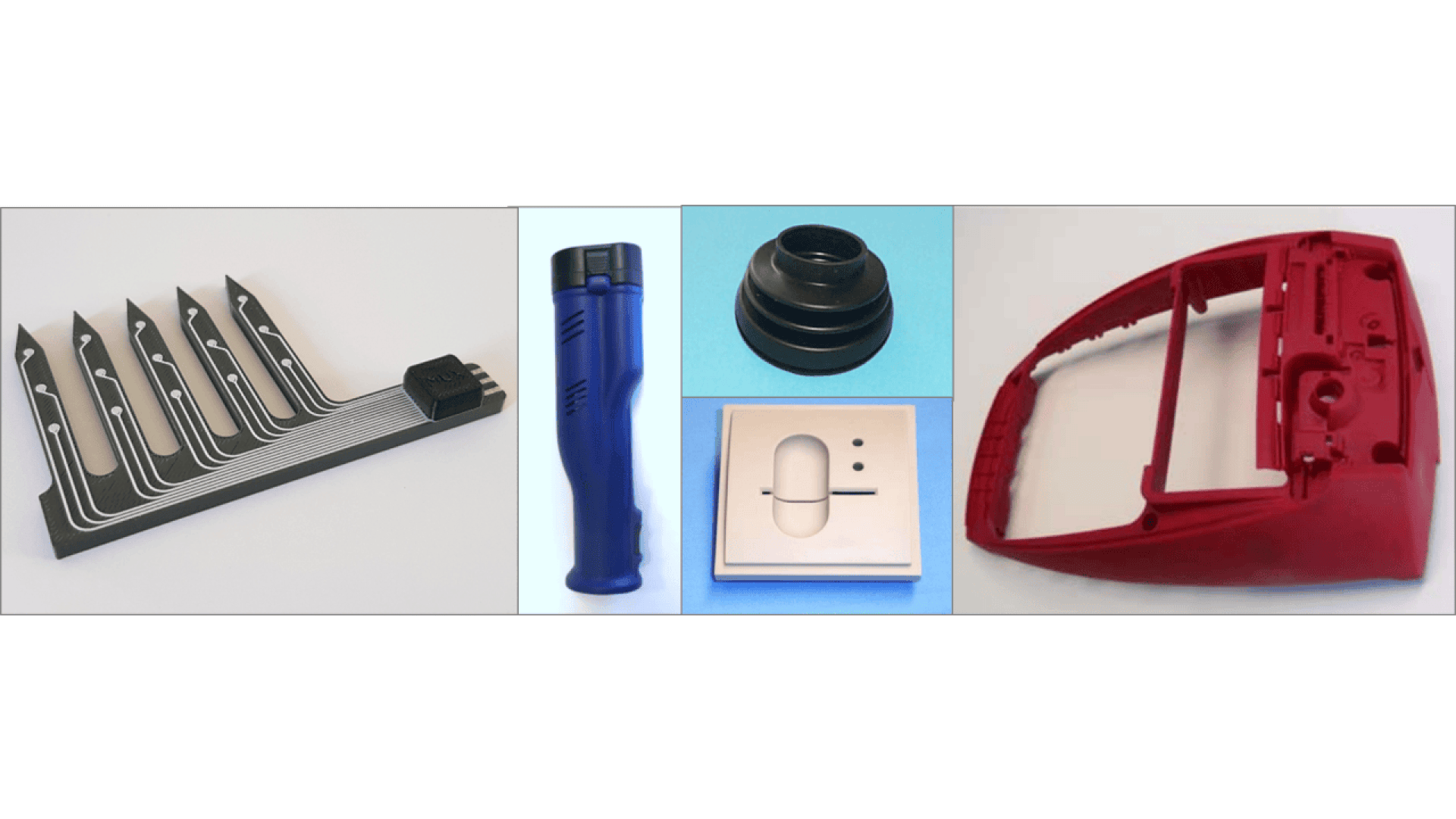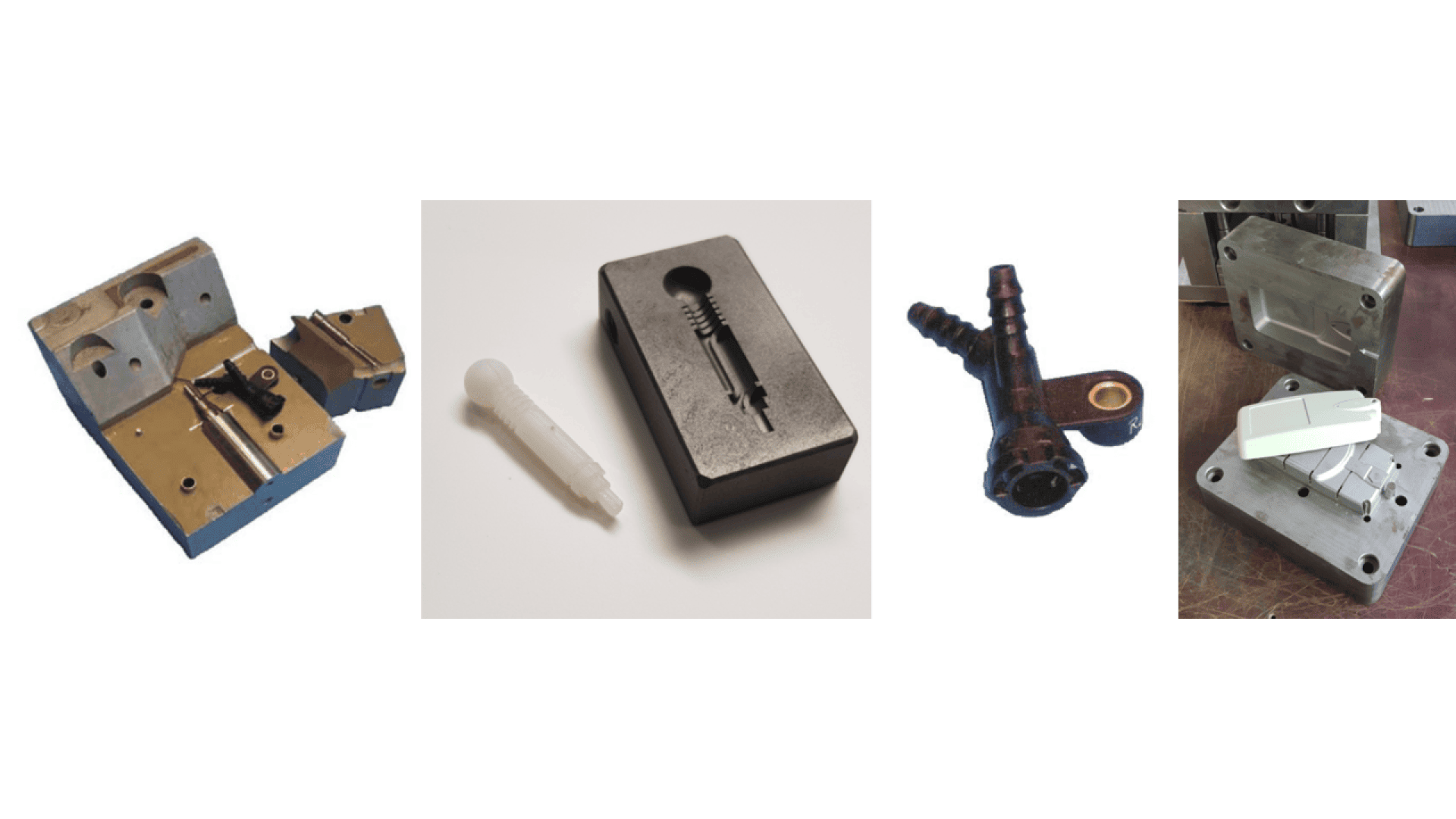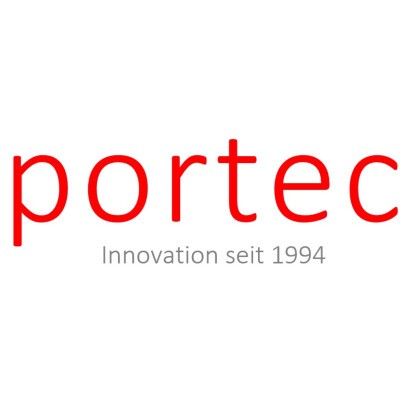'Too much' for 3D printing - 'too little' for a tool: Vacuum Casting Plastic
Vacuum casting - an appropriate addition to 3D printing and injection molding for a quantity range of 100-1,000 pieces. Functionally suitable materials are processed (similar to injection molding granulates), which are also cast in the customer's RAL color - with manageable mold making cost.
Small series of plastic parts with special plastic properties or in the color of the customer's CI are cast using silicone molds, which are produced with the help of 3D-printed, initial master models. Depending on the geometric complexity and surface requirements, 20-100 polyurethane plastic parts can be cast using a single silicone mold, in some cases with multiple cavities. A wide range of materials with a broad spectrum of properties and all colors are available. The addition of glass fiber is also possible to a limited extent.
Many models which are used within development processes are generated by using additive technologies. At PORTEC are available: stereo lithography machines with gas- or solid state laser, the Fused Deposition Modeling (FDM)-technology and the 3d-printing powder-binder-system. Stereo Lithography parts can be manufactured in different accuracies, hollow or light-weight, and can also be heat-treated for higher thermal strength. 3d-powder-binder parts consist of PMMA and can additionally be infiltrated with a special plastic material system. Thus, these parts reach properties for the use as conceptual models and partial of functional parts. Using the FDM process, very complicated geometric details can be built even in such stout materials like ABS, ABS-PC-blend up to metal even ceramic.



